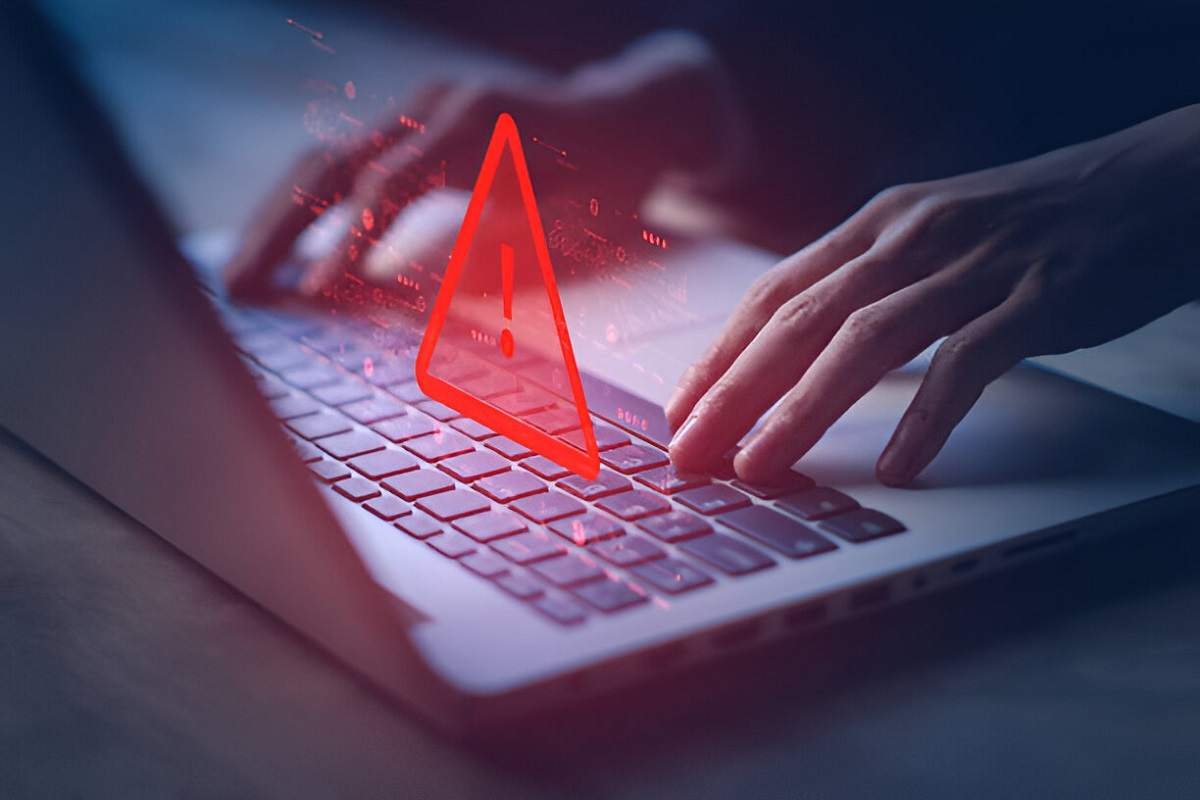
Data leaks pose significant cybersecurity risks.
The term “thejavasea.me leaks AIO-TLP” has been making waves in the digital world, particularly among cybersecurity professionals and tech enthusiasts. To understand the severity of the situation, it’s crucial to break down what both “thejavasea.me” and “AIO-TLP” mean. Thejavasea.me is a platform that has gained notoriety for leaking sensitive data, often exposing classified information that should have remained under strict security protocols. AIO-TLP, on the other hand, stands for All-In-One Traffic Light Protocol, a system designed to classify and control the flow of sensitive data. The leaks associated with thejavasea.me often involve data that falls under this protocol, resulting in significant cybersecurity threats. This article will dive deeper into what these leaks entail, how they impact personal and business security, and what can be done to prevent or respond to such breaches.
Understanding AIO-TLP Leaks
AIO-TLP, or All-In-One Traffic Light Protocol, is a system used by organizations, particularly those in the cybersecurity and information technology sectors, to protect sensitive data. The protocol categorizes data into four distinct levels based on the traffic light colors: red, amber, green, and white. Each color represents a level of access and sharing, with red being the most restrictive, meant for the eyes of only a select few, while white data can be freely shared without concern. The idea behind this system is to control the dissemination of sensitive information, ensuring that confidential data doesn’t fall into the wrong hands. However, when platforms like thejavasea.me leak AIO-TLP data, the integrity of this system is compromised. Instead of information being shared responsibly within a controlled environment, it’s made available to the public, posing serious risks. These leaks can range from minor internal documents to high-profile data containing personal or corporate secrets.
The Role of thejavasea.me in Leaks
Thejavasea.me plays a troubling role in the world of data leaks. It has emerged as a go-to platform for hackers, cybercriminals, and others who wish to share sensitive information without facing the immediate consequences of legal action. What makes thejavasea.me particularly dangerous is its ability to bypass traditional cybersecurity measures, allowing users to upload, share, and distribute classified data with ease. In many cases, users who access this leaked information have malicious intent, whether it’s to exploit the data for financial gain, conduct espionage, or cause reputational harm to businesses and individuals. While there are many platforms on the dark web that serve similar purposes, thejavasea.me stands out due to the volume and variety of leaks it hosts, ranging from personal information to corporate secrets and government data. The site has become infamous for its lack of oversight and disregard for the ethical implications of its actions.
Why Are AIO-TLP Leaks Dangerous?
The leaks associated with AIO-TLP are particularly dangerous because they undermine the very security frameworks that organizations put in place to protect sensitive data. When classified information that is meant to be restricted is made public, it opens the door to numerous cybersecurity threats. For example, a red-category AIO-TLP leak could include highly sensitive business or governmental information, which, if accessed by malicious parties, could lead to financial loss, espionage, or other damaging consequences. On a personal level, individuals whose data is leaked can face identity theft, fraud, and privacy violations. The danger is further amplified when cybercriminals use the leaked data to carry out phishing attacks, fraud schemes, or ransomware attacks. Moreover, once data is leaked, it becomes nearly impossible to fully recover or contain it, as it can be rapidly distributed and sold across various platforms.
Examples of thejavasea.me leaks AIO-TLP
Thejavasea.me has been responsible for hosting some of the most significant data leaks in recent memory. From small-scale breaches involving individual user accounts to massive corporate hacks, the platform has become synonymous with cybersecurity risks. One of the most notorious examples involved a leak of personal data from a well-known financial institution, resulting in the exposure of thousands of customers’ sensitive information, including names, addresses, and account details. Another high-profile case involved a government agency’s classified documents, which were leaked on the site, potentially compromising national security. These examples highlight the far-reaching impact that data leaks can have, affecting not only the immediate victims but also the broader public. In many cases, the damage caused by these leaks is irreversible, with individuals and organizations scrambling to contain the fallout and protect what remains of their sensitive data.
How AIO-TLP Affects Cybersecurity
AIO-TLP leaks have a profound impact on the state of cybersecurity, particularly for organizations that rely on this protocol to protect their most sensitive information. When these protocols are breached, the result is not just a loss of data, but a loss of trust in the systems designed to safeguard that data. For companies, this can lead to financial losses, reputational damage, and even legal repercussions if it’s found that they did not take sufficient measures to protect their information. The growing number of thejavasea.me leaks AIO-TLP has prompted many organizations to reconsider their cybersecurity strategies, investing more in advanced encryption methods, threat detection systems, and employee training. However, even with these safeguards in place, the sheer volume and complexity of the threats make it difficult for companies to stay ahead of cybercriminals. The importance of maintaining robust cybersecurity measures cannot be overstated, as a single breach can have devastating consequences.
How to Protect Yourself From Leaks
Protecting yourself from data leaks, especially those involving AIO-TLP, requires a multi-layered approach. First and foremost, it’s essential to use strong, unique passwords for all of your accounts, and to change them regularly. This helps to minimize the risk of your credentials being stolen and used in data breaches. Multi-factor authentication (MFA) is another critical tool in the fight against data leaks, adding an extra layer of security that requires users to provide additional verification beyond just their password. Additionally, keeping your software and systems up-to-date is crucial, as many data leaks occur due to vulnerabilities in outdated software that have not been patched. It’s also advisable to regularly monitor your online accounts for any suspicious activity, and to use cybersecurity tools such as VPNs and firewalls to protect your data from unauthorized access. By taking these precautions, you can reduce the likelihood of your personal or business information being exposed in a data leak.
The Legal and Ethical Concerns Surrounding Leaks
The rise of platforms like thejavasea.me leaks AIO-TLP has sparked numerous legal and ethical debates. From a legal standpoint, many countries have laws in place that criminalize the unauthorized distribution of classified data. In some cases, government agencies have taken legal action against platforms like thejavasea.me, attempting to shut them down or penalize those responsible for hosting the leaks. However, legal action is often slow, and by the time it’s taken, the damage has usually been done. Ethically, the situation is just as complex. Those who leak data are often fully aware of the harm they are causing but proceed anyway, driven by financial motives, revenge, or a desire to undermine organizations. Users who access this leaked data are also complicit in the ethical breach, as they are benefiting from stolen information. As the digital world continues to evolve, it’s likely that we will see more efforts to regulate and control platforms that facilitate data leaks, but for now, the ethical and legal challenges remain significant.
How to Respond to a Data Leak
If you suspect that your data has been leaked, there are several immediate steps you should take to mitigate the damage. First, change your passwords for all of your accounts, starting with the most critical ones, such as your email and banking accounts. Enabling multi-factor authentication (MFA) is also crucial, as it adds an extra layer of protection. Next, monitor your accounts closely for any signs of suspicious activity, such as unauthorized transactions or login attempts. If you notice anything unusual, report it to the relevant authorities or your service providers immediately. In cases of significant leaks, such as those involving financial or medical data, it may be necessary to notify government agencies or take legal action. It’s also a good idea to consult with a cybersecurity professional to assess the extent of the leak and to implement additional security measures to prevent future breaches.
Conclusion
The rise of thejavasea.me and similar platforms presents a growing challenge in the world of cybersecurity. AIO-TLP leaks, in particular, highlight the vulnerabilities that exist in even the most secure systems, and the damage caused by these leaks can be far-reaching and severe. Whether it’s personal data being exposed or corporate secrets being leaked, the consequences are often devastating. As the digital landscape continues to evolve, so too must our approach to cybersecurity. By staying informed, taking preventative measures, and responding quickly to breaches, we can minimize the risk of data leaks and protect ourselves from the harm they cause.
FAQs
Immediately change passwords, enable MFA, monitor accounts, and consult cybersecurity professionals for damage control.
Data leaks can lead to severe legal repercussions, including lawsuits and penalties for violating data privacy laws.
Use strong passwords, enable multi-factor authentication, and keep your software updated to protect against data leaks.
Data leaks can lead to severe legal repercussions, including lawsuits and penalties for violating data privacy laws.
Immediately change passwords, enable MFA, monitor accounts, and consult cybersecurity professionals for damage control.





